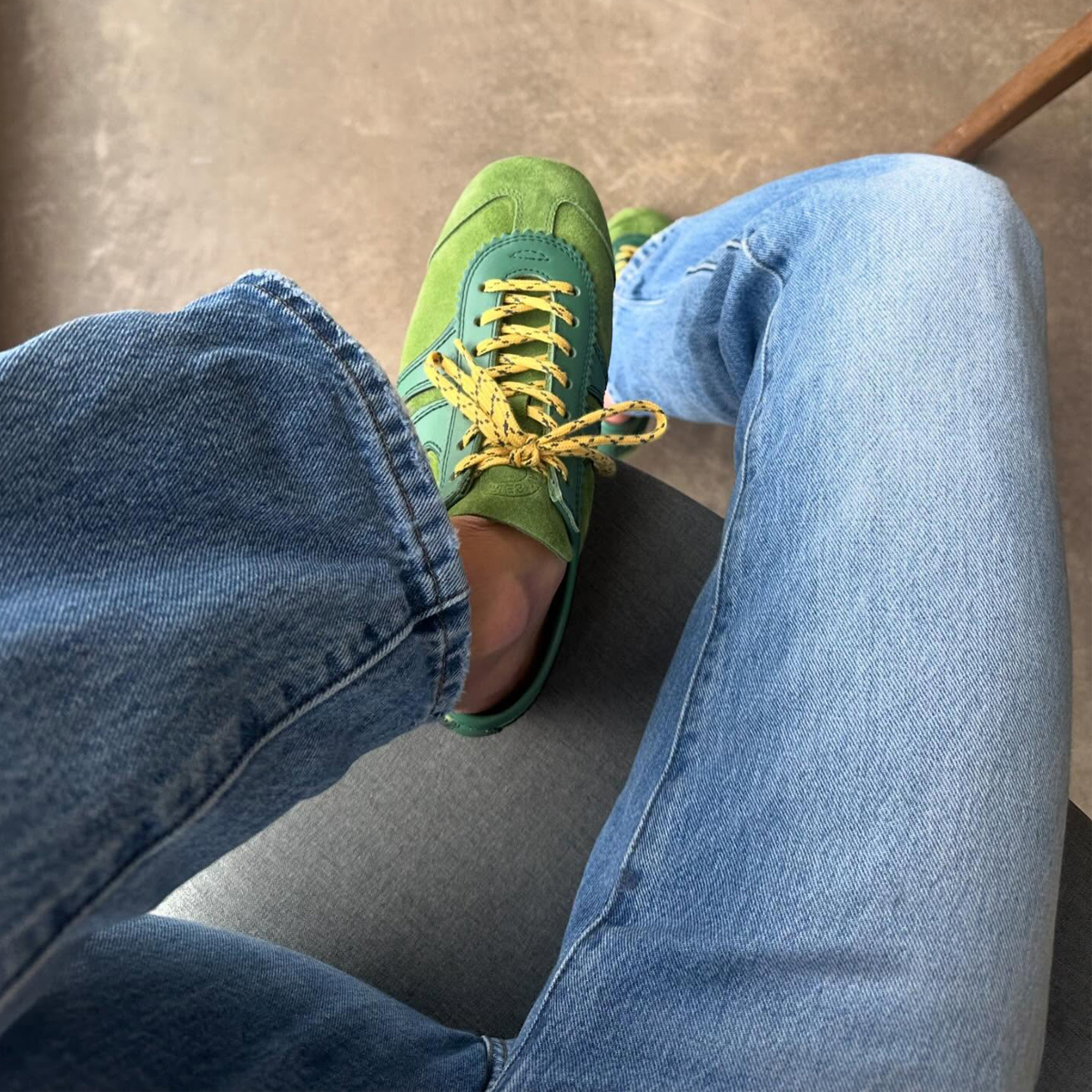Surely This Trending Skincare Ingredient Can't Actually Replace Botox? I've Asked the Experts
If you're looking for a less invasive alternative to aesthetic tweakments, there's a good chance that during your research, you'll have come across argireline, a skincare ingredient often touted as 'Botox in a bottle'. Most commonly found in serums, the ingredient may not yet be as popular as the likes of vitamin C and retinoids, but it's certainly becoming a skincare secret for those looking for effective but non-invasive anti-ageing products.
In fact, as an esthetician, one of the topics I discuss most frequently with my clients is how to address key signs of ageing, like fine lines, wrinkles, and loose skin, without the need for needles. I find that most people are open to the idea of trying Botox and fillers eventually, but want to see what they can achieve with their at-home skincare routine first. If that sounds like you, then a peptide like argireline can be a great addition to your routine. What's more, if you've previously found that ingredients like vitamin C and retinoids have caused irritation to your skin, peptides are often more easily tolerated by those with skin sensitivity.
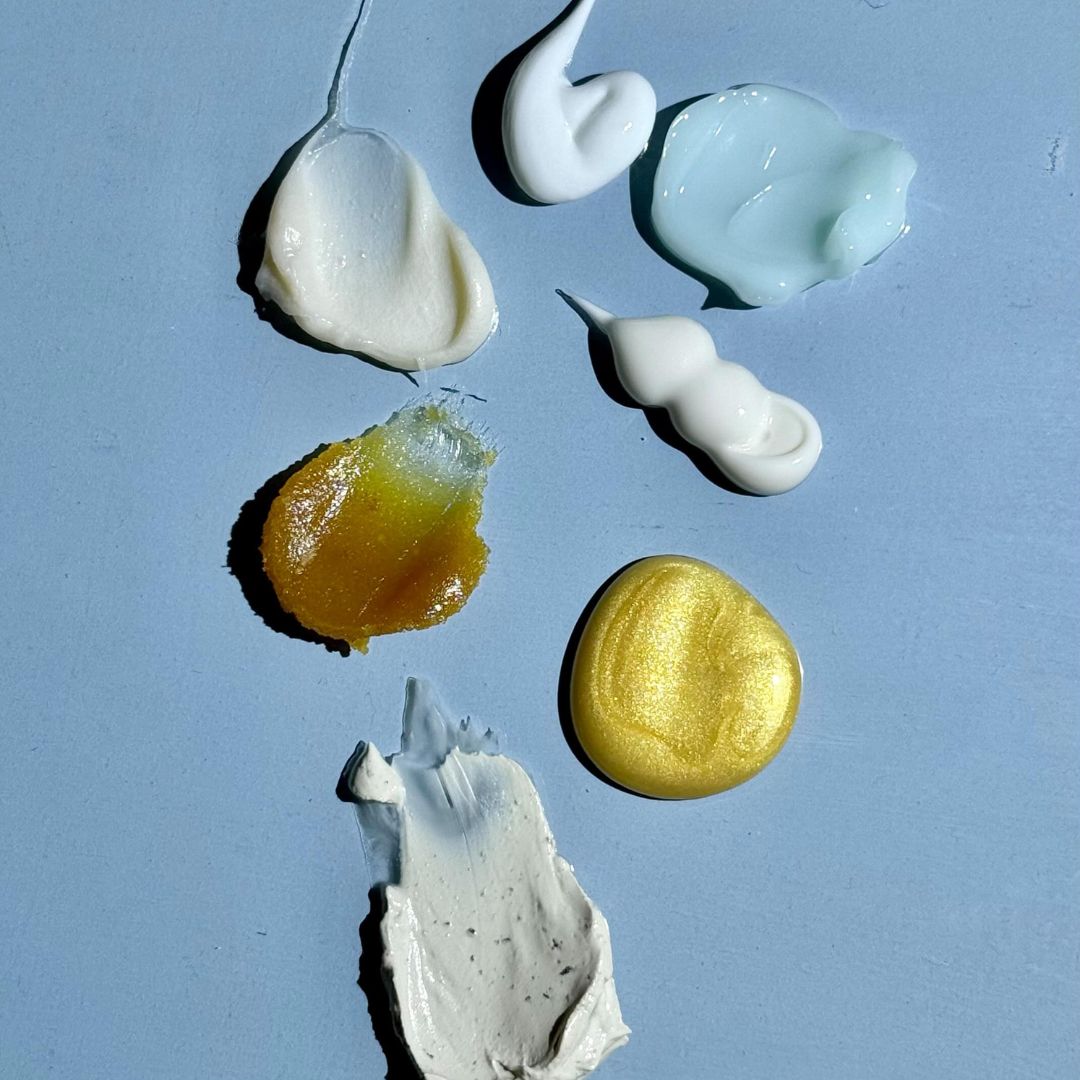
Of course there's a lot of hype in the skincare world and not everything lives up to its lofty promises, so it's easy to become cynical when faced with claims like 'miracle cream' and 'Botox in a bottle'. We tapped the expertise of dermatologist Sonia Khorana to find out everything there is to know about argireline. From exactly what it is, to its benefits and side effects, keep reading for everything you need to know about the ingredient.
What is argireline?
"Argireline is a peptide (also known as acetyl hexapeptide-8) that has wrinkle-fighting and anti-aging properties," explains Khorana. "It is important to bear in mind that argireline is a brand name and there’s only one lab in Spain that has the patent on the peptide," she adds. "So various brands can use it and combine it with other anti-aging ingredients."
How does argireline benefit skin?
"Argireline is often used in skincare formulas to help fight wrinkles," says Khorana. "It also helps stimulate collagen production and helps the skin to retain moisture."
Argireline has been compared to Botox in its ability to relax facial muscles, but according to Khorana, it is not the same. "Botox is a neurotoxin (called botulinum toxin type A) injected into muscles to temporarily relax them," she explains. "Botox works by blocking the signals that are sent from the nerves to the muscles, which prevents them from contracting. As a result, the skin appears smoother and more youthful-looking."
While serums containing argireline can help to target the same concerns as Botox, Khorana explains that they cannot offer the same results. "You won't get the same results out of a bottle as you do with injections as [topically applied products] do not inhibit muscle contraction in the same way—a serum cannot penetrate so deep into the muscle. Plus, the results are also not long lasting as they are with Botox."
What are the side effects of using argireline?
According to Khorana, there are no known side effects to using argireline, however, since it's often combined with other ingredients, it's important to remember that how effective it will be will be down to the formulation of the product.
Shop the best argireline skincare products:
1. The Ordinary Argireline Solution 10%
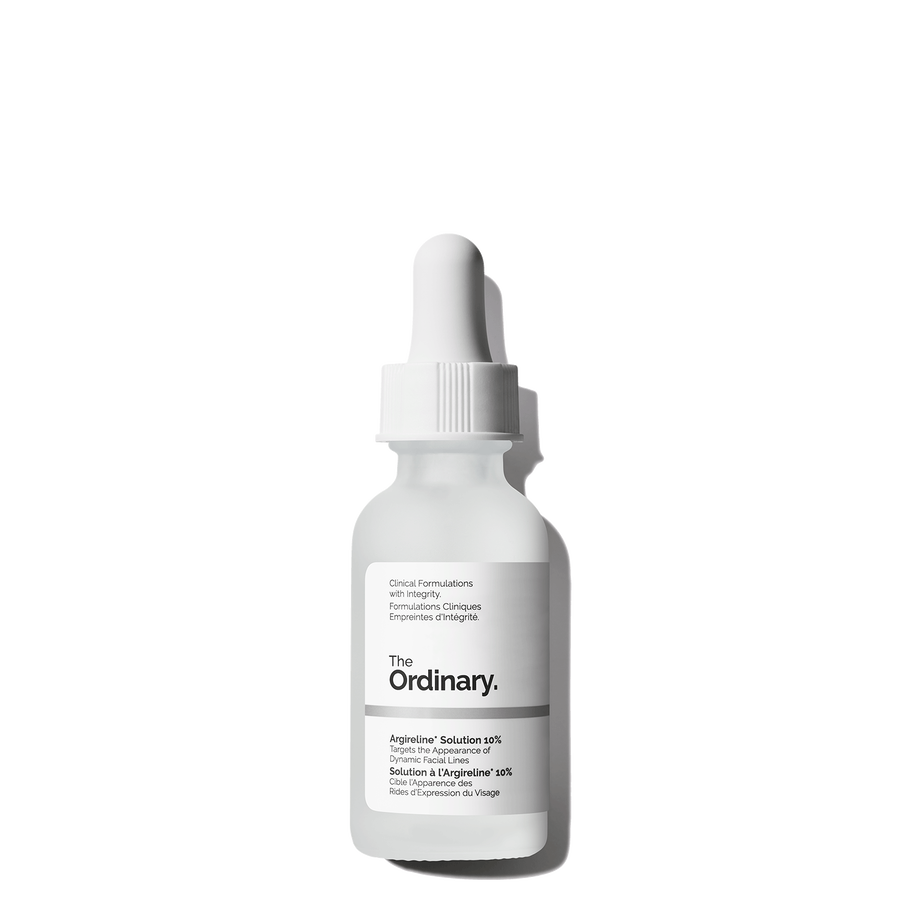
Best for: Those on a budget
If you want to test out the benefits of argireline with a fuss-free, 'straight-to-the-source' approach, this single-ingredient serum from The Ordinary contains argireline and argireline only. Because of this, a bottle will set you back just £9, making this an accessible and affordable way to try out the ingredient for the first time.
For
- Affordable
Against
- A single ingredient formula, so doesn't have any other benefits
2. Medik8 Liquid Peptides Advanced MP
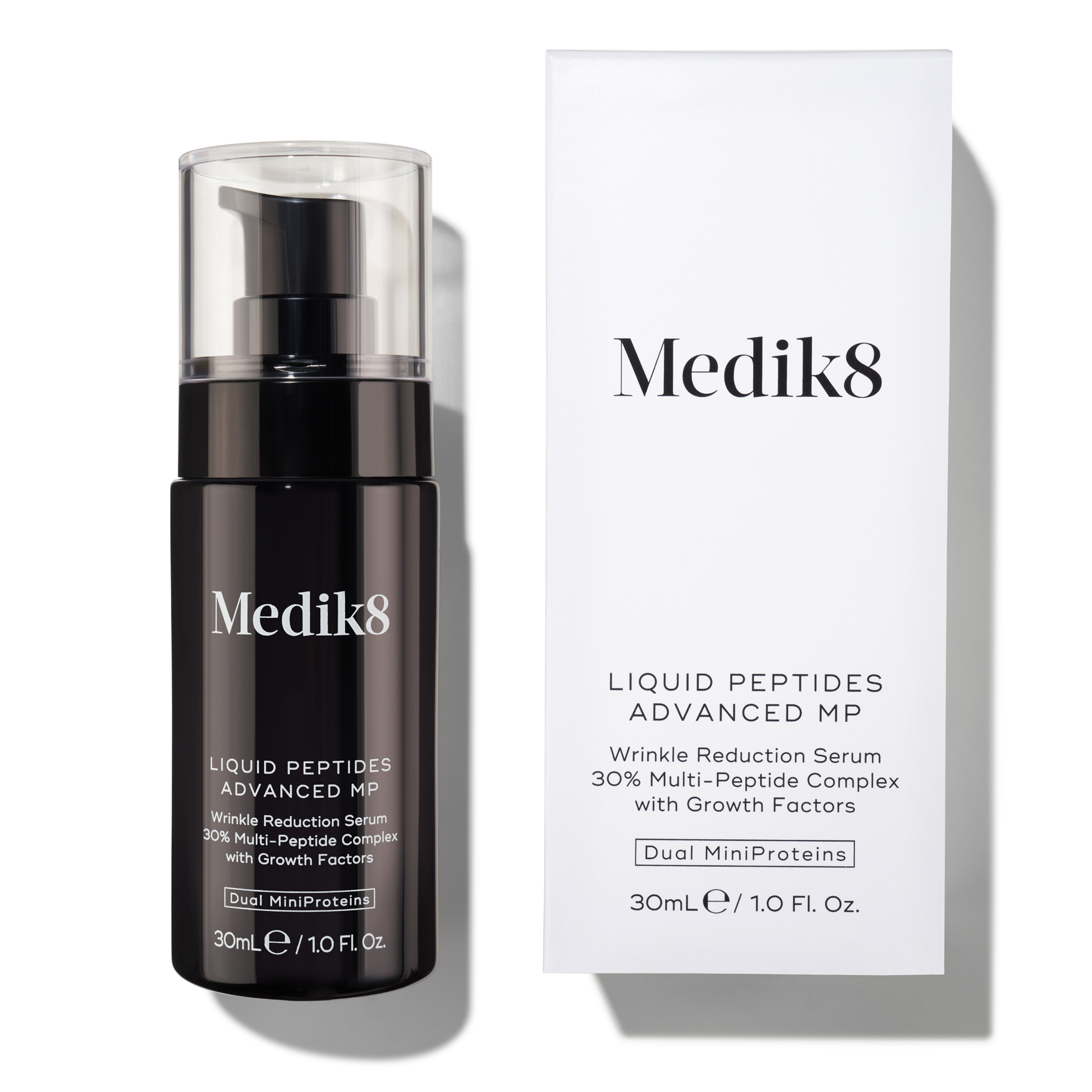
Best for: Deep-set lines and wrinkles
This newly-released serum is one of the most advanced peptide products on the market. In fact, argireline (on label as acetyl hexapeptide-8) is just one of many peptides within the formula—you'll also find the likes of Matrixyl 3000 and copper peptides—both renowned for their wrinkle-reducing benefits.
For
- Potent and active formula
Against
- Small size
3. 111 Skin Eye Lift Gel Nac Y²™
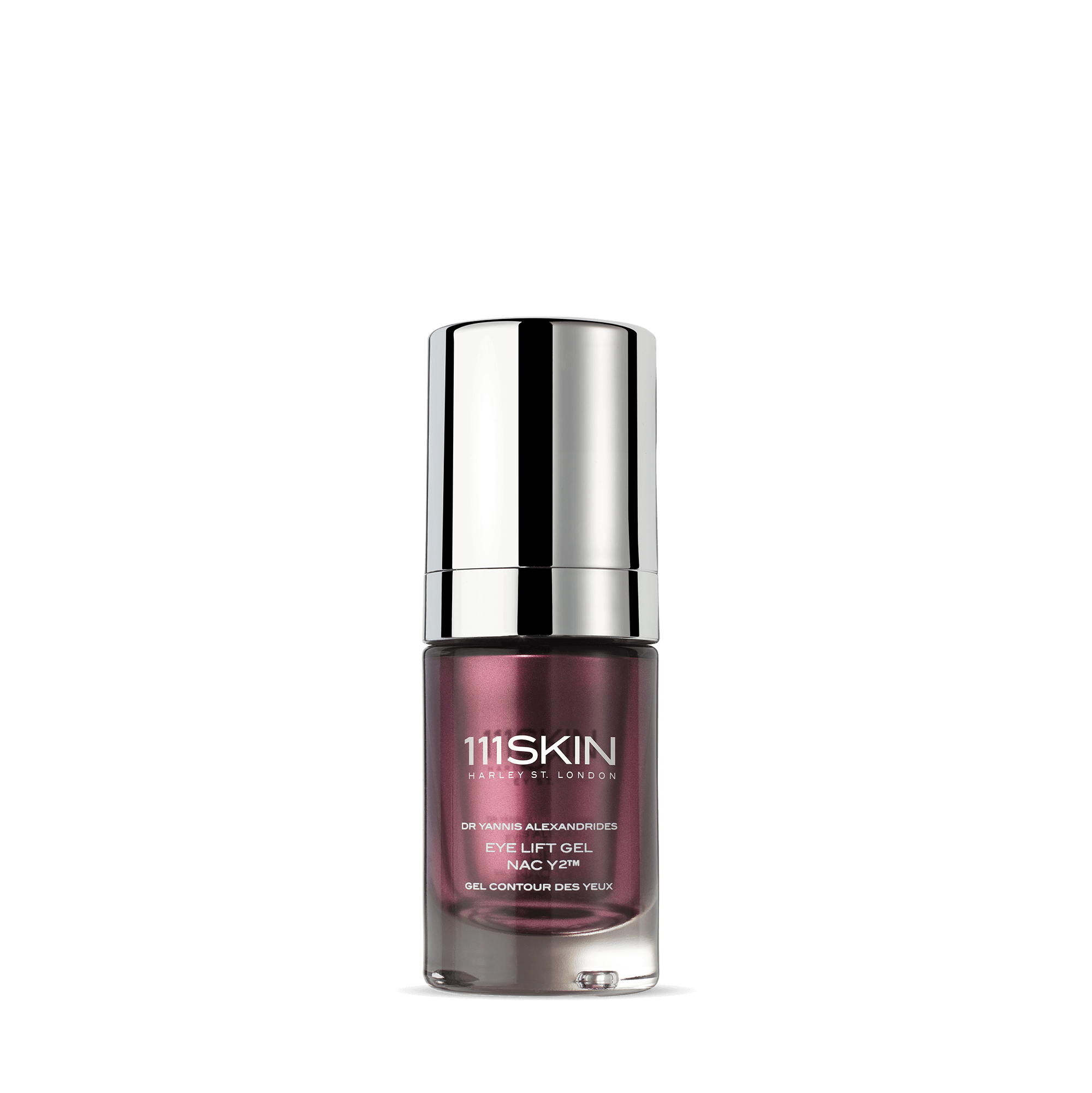
Best for: The eye area
The thin, delicate skin of the eye area means it's one of the first to show key signs of skin ageing, like loss of elasticity, fine lines, and wrinkles. If crow's feet are bugging you, look no further. Powered by acetyl hexapeptide-8, niacinamide, and NAC, this potent formula is specifically designed to reduce and prevent them.
For
- Specifically targets the eye area
Against
- Expensive
4. Jordan Samuel Skin The Performance Cream
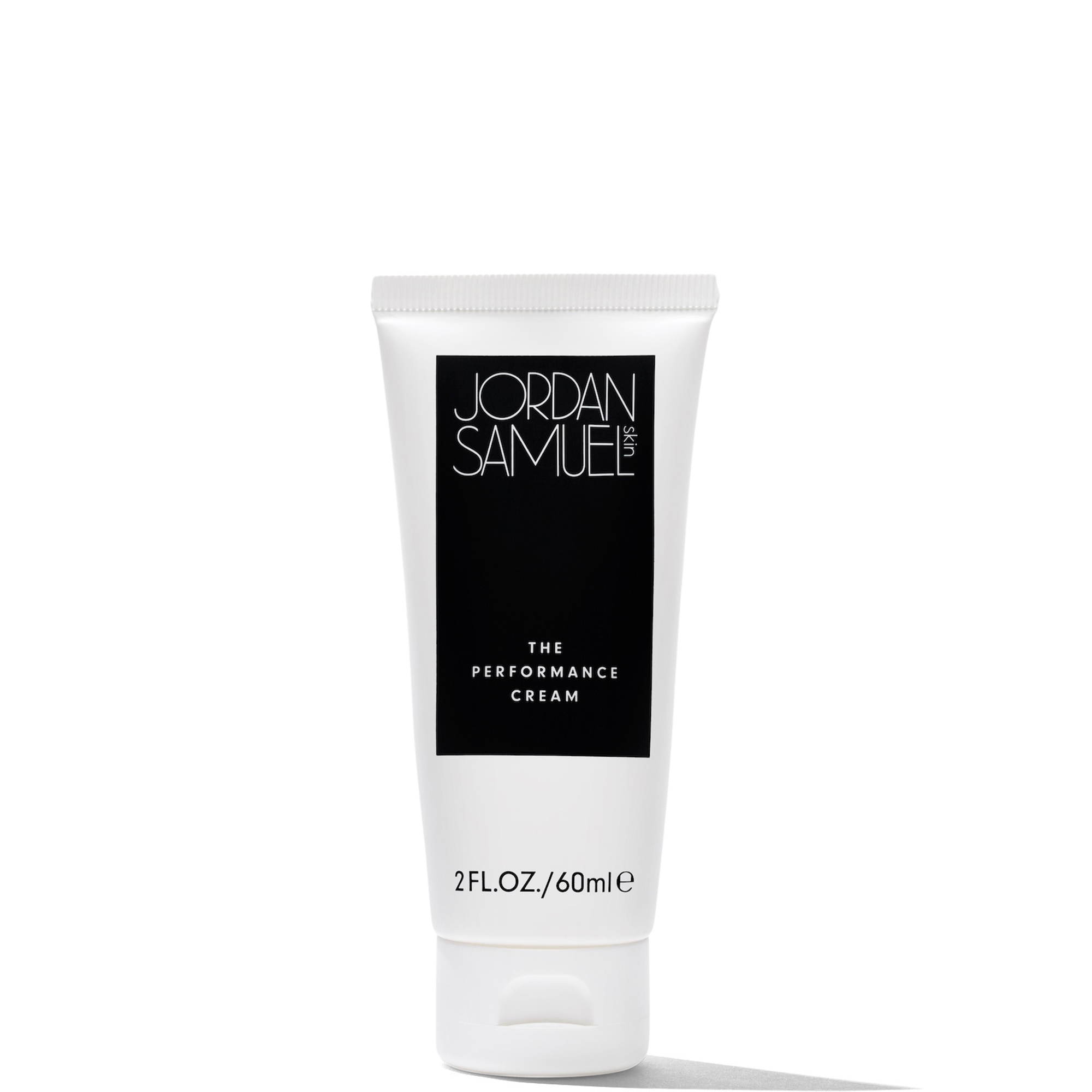
Best for: Dry skin types
More than just a moisturiser, this hydrating cream is powered by three different peptides (including acetyl hexapeptide-8 (argireline)), amino acids (to improve their delivery), and antioxidant green tea. The nourishing formula makes it a great option for dry and sensitive complexions.
For
- Hydrating formula
Against
- Creams tend not to deliver ingredients as deep as serums do
5. Goldfaden MD Needle-Less Line Smoothing Concentrate

Best for: Mature skin
The name of this serum says it all. If you're noticing stubborn lines and wrinkles but don't yet want to go down the aesthetic treatment route, this advanced formula is the next best thing. With consistent use, you can expect firmer, smoother, plumper skin.
For
- Fragrance-free
Against
- Expensive
6. Summer Fridays Light Aura Vitamin C + Peptide Eye Cream
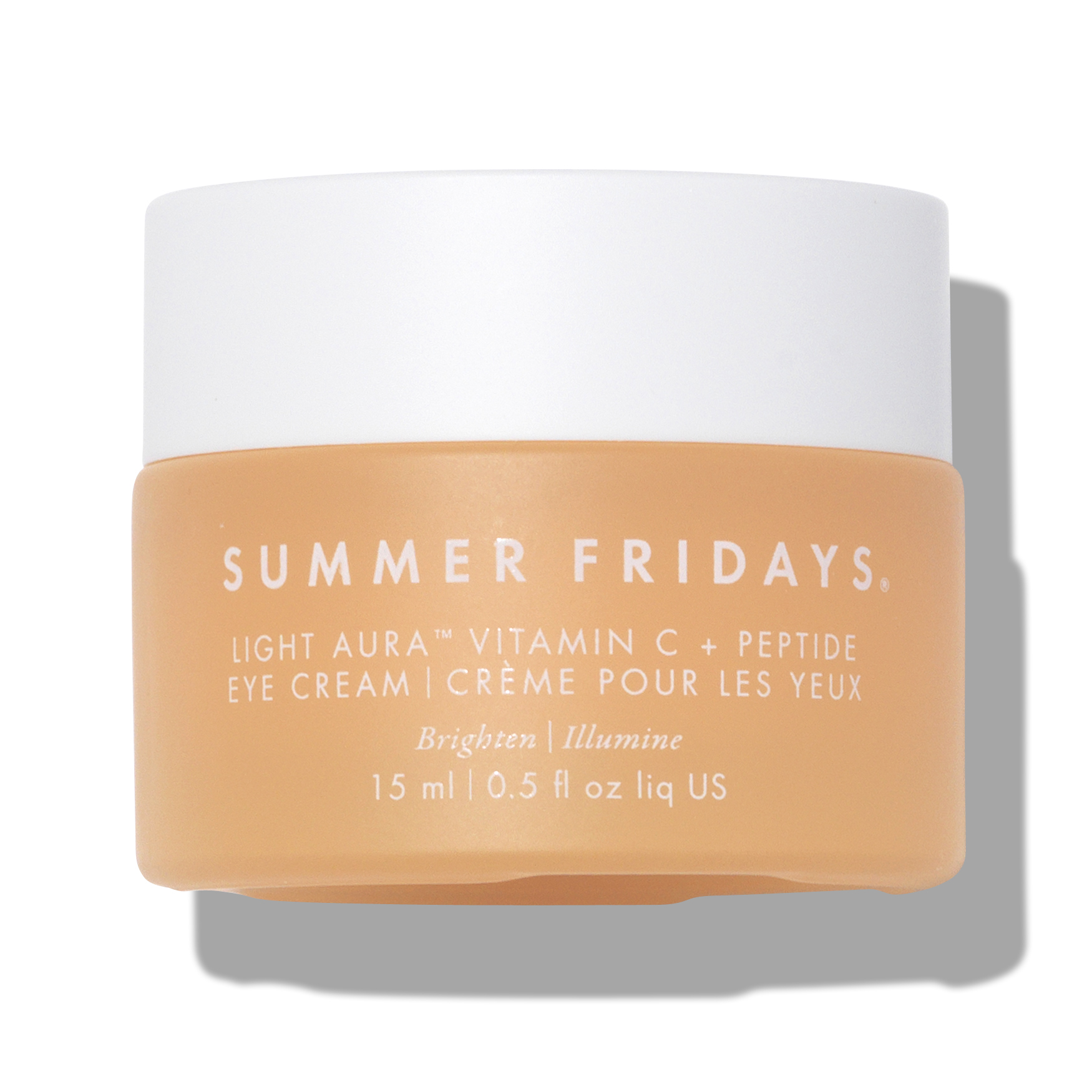
Best for: The eye area
This multitasking eye treatment not only treats lines and wrinkles in the eye area, but will also help to address other common bugbears like dark circles and puffy under-eye bags. Plus, it contains light-reflecting pigments to instantly smooth and brighten.
For
- Contains vitamin C and other peptides
Against
- May not be suitable for sensitive skin
7. Estée Lauder Futurist Peptide-Power Serum Primer

Best for: Makeup wearers
A little different to the other options on this list, this skincare-makeup hybrid is designed to prep skin for makeup, while also delivering anti-ageing benefits. You can expect an immediate glowy finish, alongside the long-term benefits of argireline (on label as acetyl hexapeptide), hyaluronic acid, and vitamin E.
For
- Can be worn under makeup
Against
- Small size
9. Niod Copper Amino Isolate Serum 3 1:1
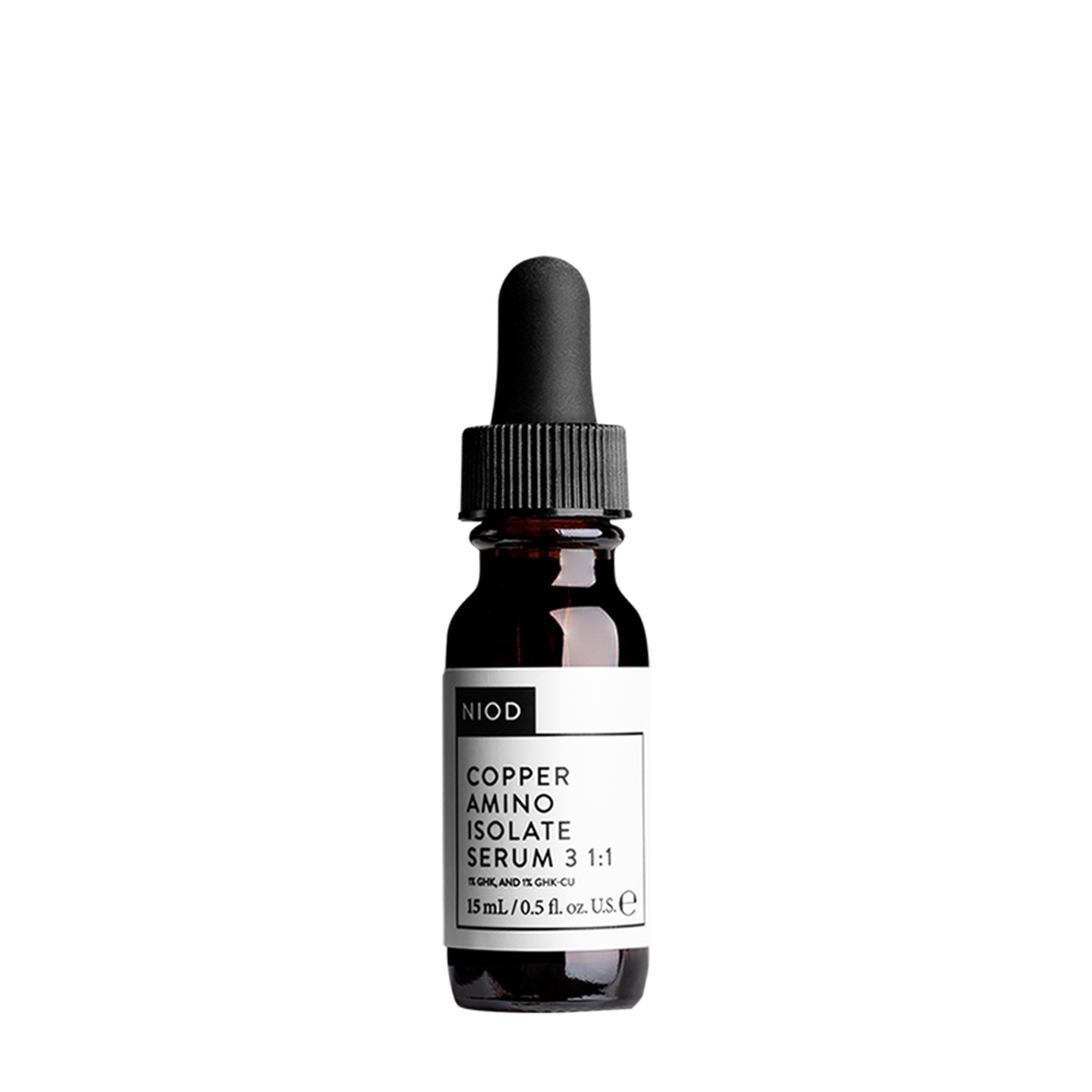
Best for: Addressing multiple skin concerns
This is an incredibly advanced formula, which draws upon the benefits of six different peptides to address everything from fine lines and wrinkles, to damaged skin, loss of elasticity, and scarring.
For
- Contains multiple other peptides
Against
- Small size
10. Aveda Tulasāra Firm Concentrate
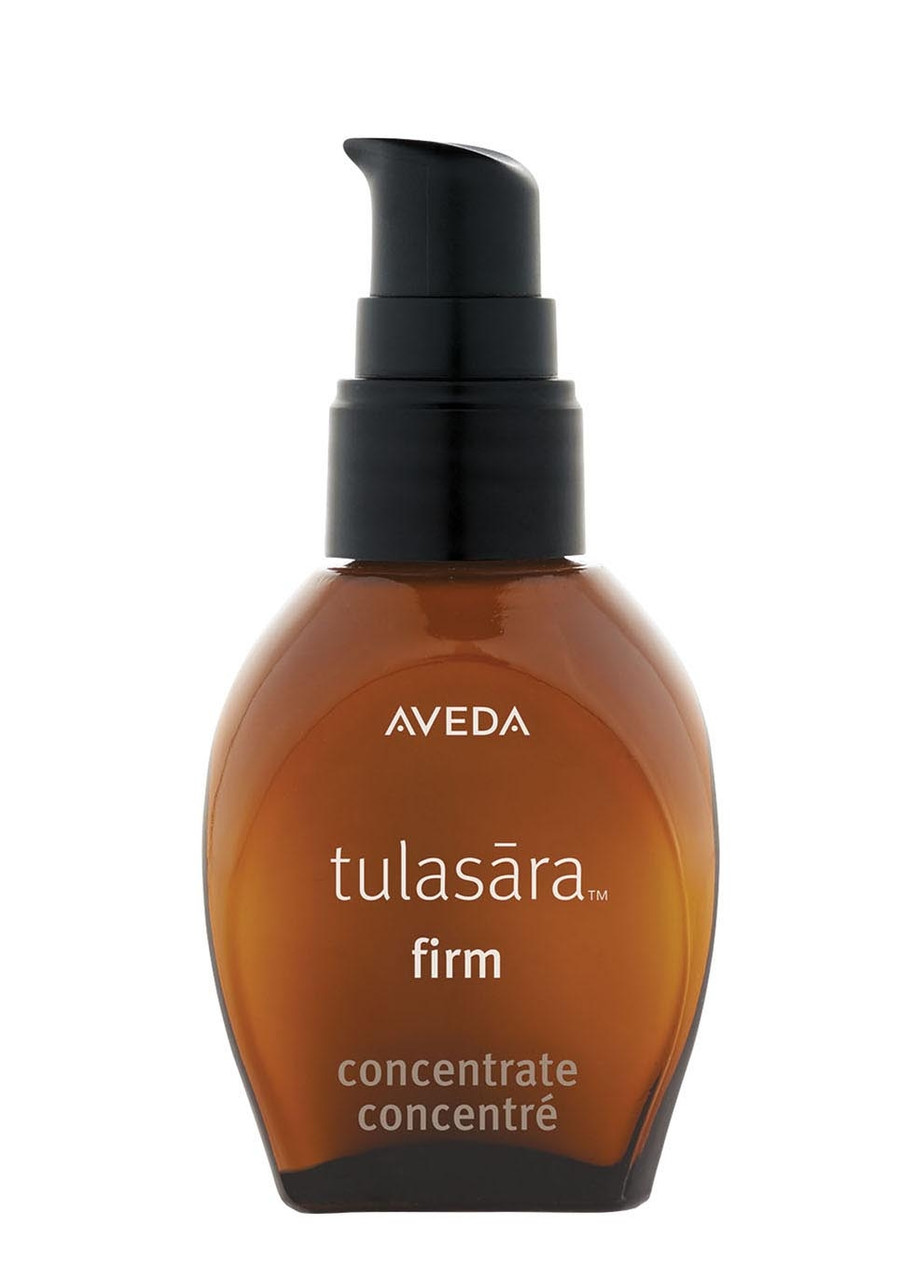
Best for: Mature skin
Argireline and vitamin C help to to firm and plump loose skin, while hydrating ingredients work to nourish skin and support the skin barrier.
For
- Also contains vitamin C
Against
- Strong fragrance
11. Naturium Multi-Peptide Advanced Serum
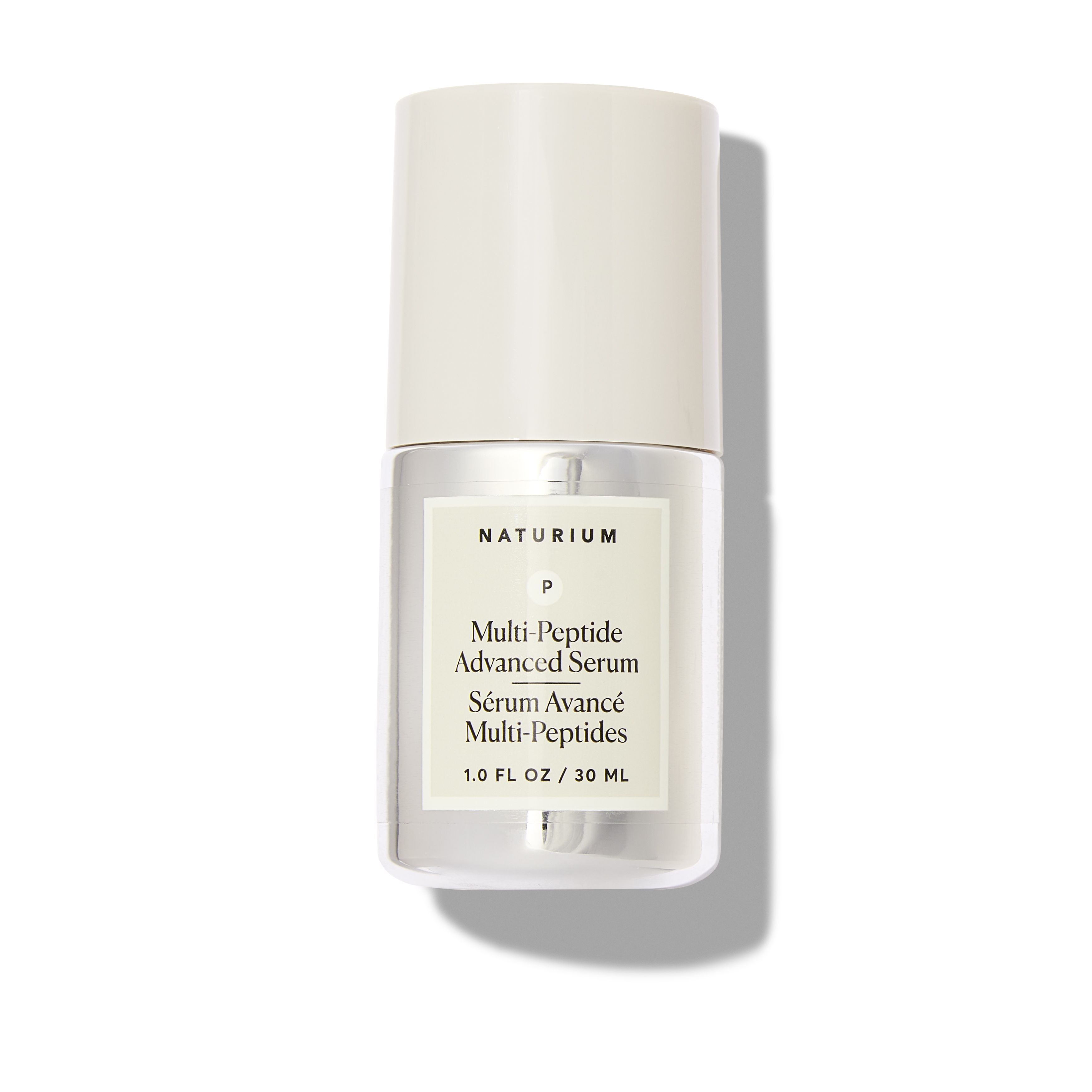
Best for: Those on a budget
This serum contains a literal cocktail of ingredients, all chosen for the ability to improve the appearance of fine lines and wrinkles and to improve smoothness and elasticity. It's an impressively potent and active formula, especially given the affordable price tag.
For
- Affordable
Against
- Often sold out
12. Peter Thomas Roth Peptide 21 Wrinkle Resist Serum
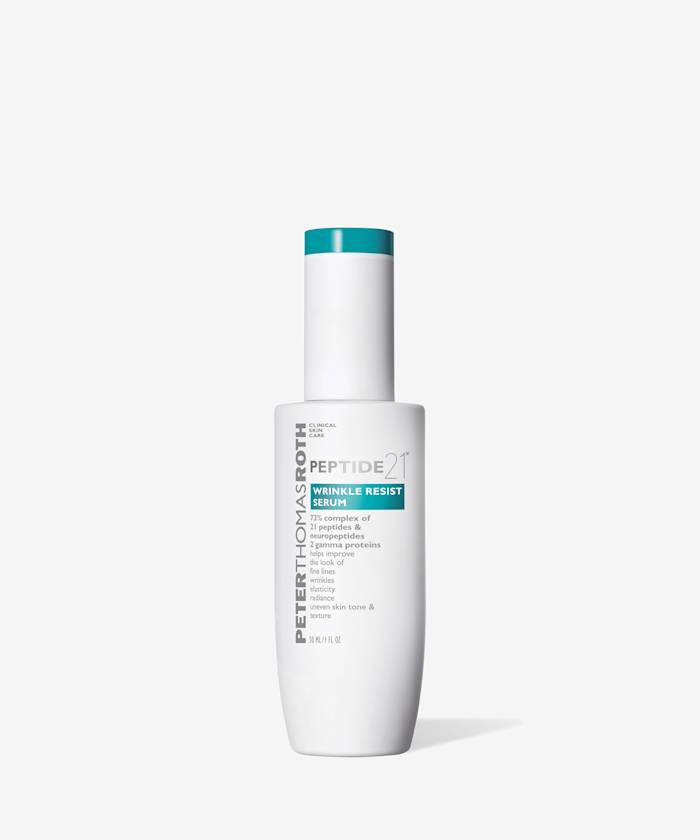
Best for: Deep-set lines and wrinkles
This serum contains an impressive complex of 21 peptides and neuropeptides, alongside other heavyweight ingredients such as vitamins A, C, and E, and squalane. Stubborn lines and wrinkles don't stand a chance.
For
- Very potent and active formula
Against
- Expensive
Grace Day is a beauty editor and content creator. She has over 10 years of beauty-industry experience, spanning editorial, retail, and e-commerce, which gives her a unique understanding into how people shop for their beauty routines.While studying for a history degree (specialising in the history of beauty) and working as a beauty adviser in department stores, Grace started writing her own beauty blog in order to share the products she discovered while dealing with acne. After graduating, she moved to Beauty Bay as beauty editor and content manager. Grace is currently a beauty contributor to Who What Wear. She has also written for Hypebae and PopSugar and works as a brand consultant and copywriter.
-
 Salma Hayek Pinault's Key to Youthful Skin? Moisturizer Sandwiches and This "Turkey Neck" Treatment
Salma Hayek Pinault's Key to Youthful Skin? Moisturizer Sandwiches and This "Turkey Neck" TreatmentNo retinol, no peels, and absolutely no injectables.
By Jamie Schneider
-
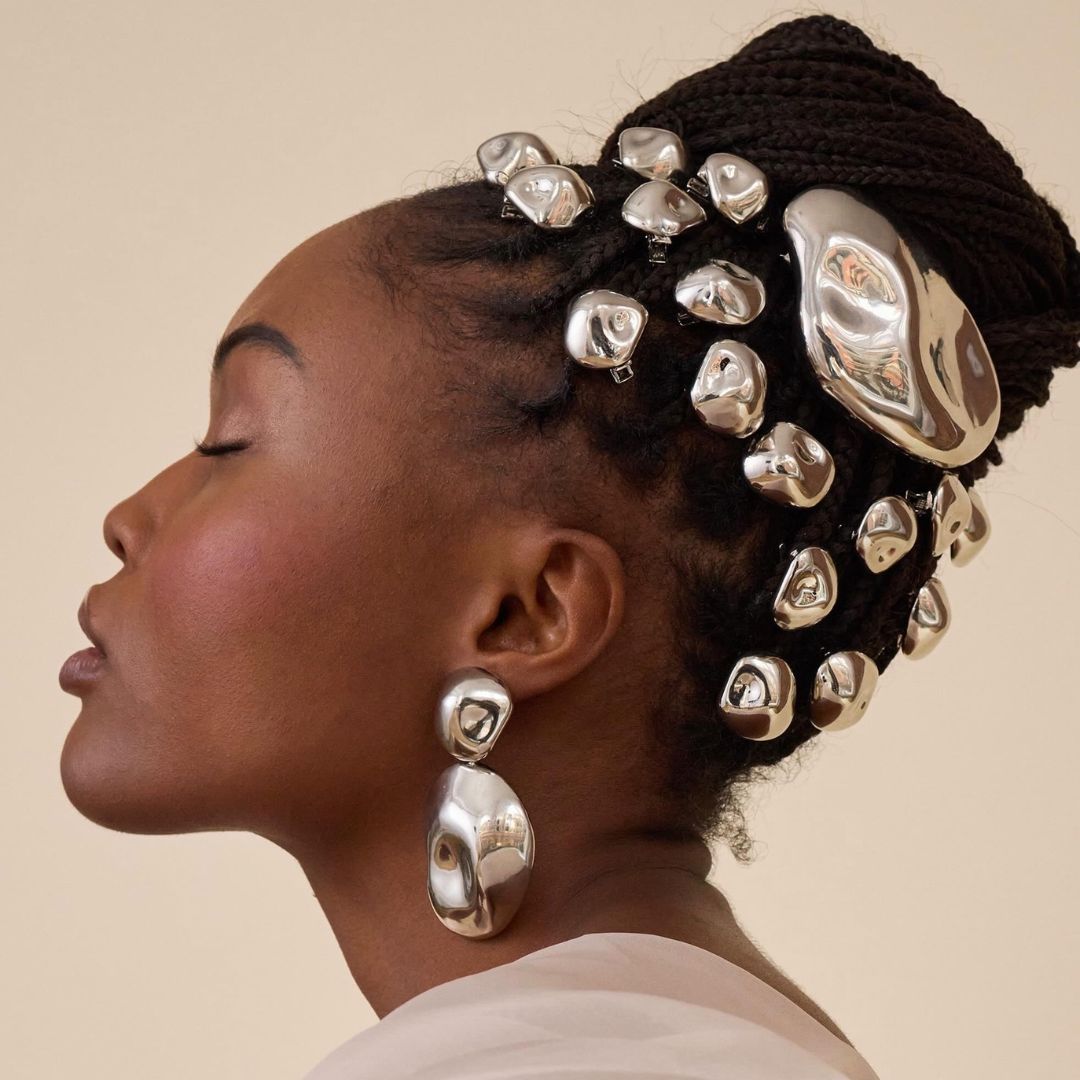 All the Chicest People I Know Have Been Dabbling in This Breathtaking 2025 Hair Trend
All the Chicest People I Know Have Been Dabbling in This Breathtaking 2025 Hair TrendFuturistic and stunning.
By Alyssa Brascia
-
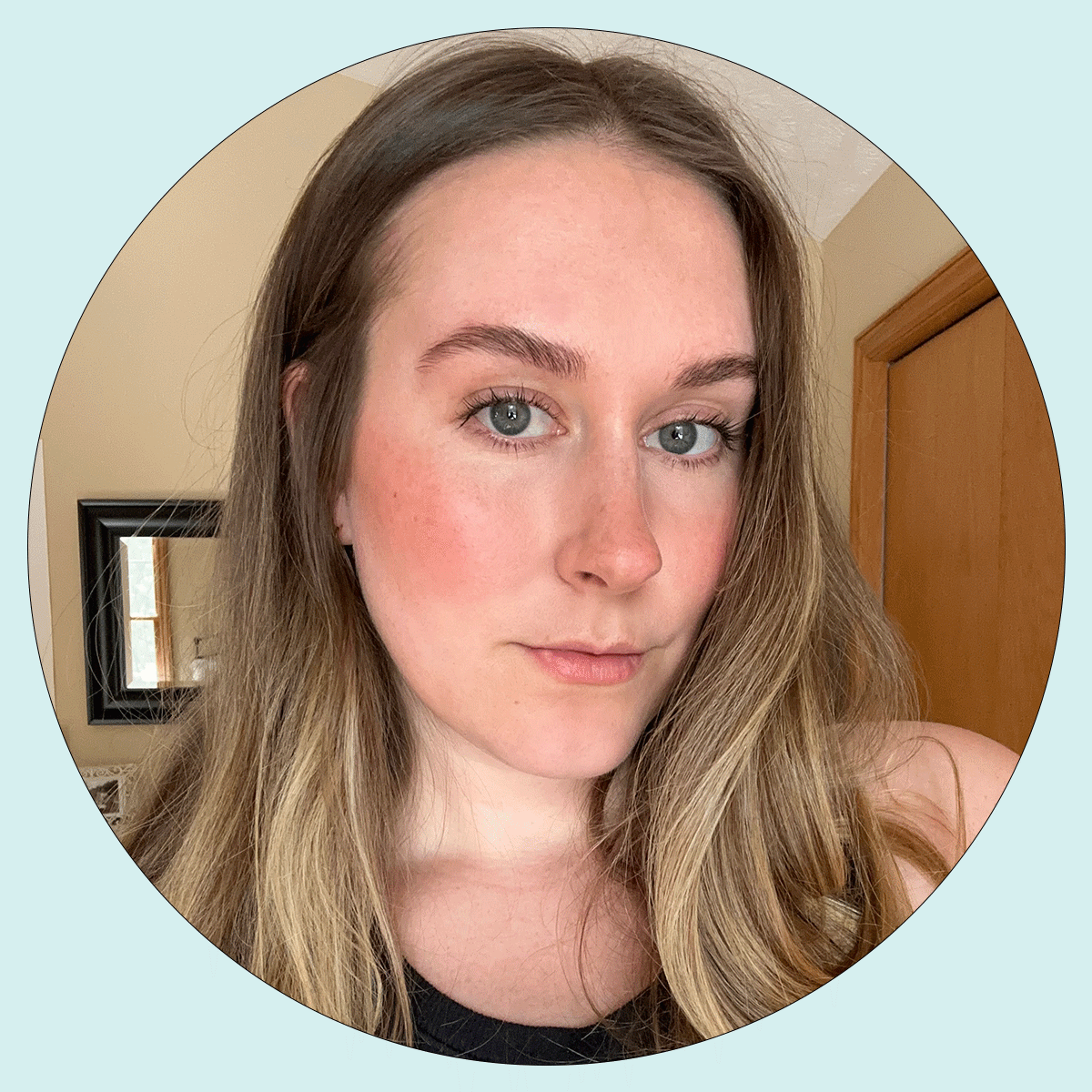 3 People Texted Me to Ask What They Should Buy Before Sephora's Sale Ends—Here's My Short List
3 People Texted Me to Ask What They Should Buy Before Sephora's Sale Ends—Here's My Short ListMy top 10 recommendations.
By Kaitlyn McLintock
-
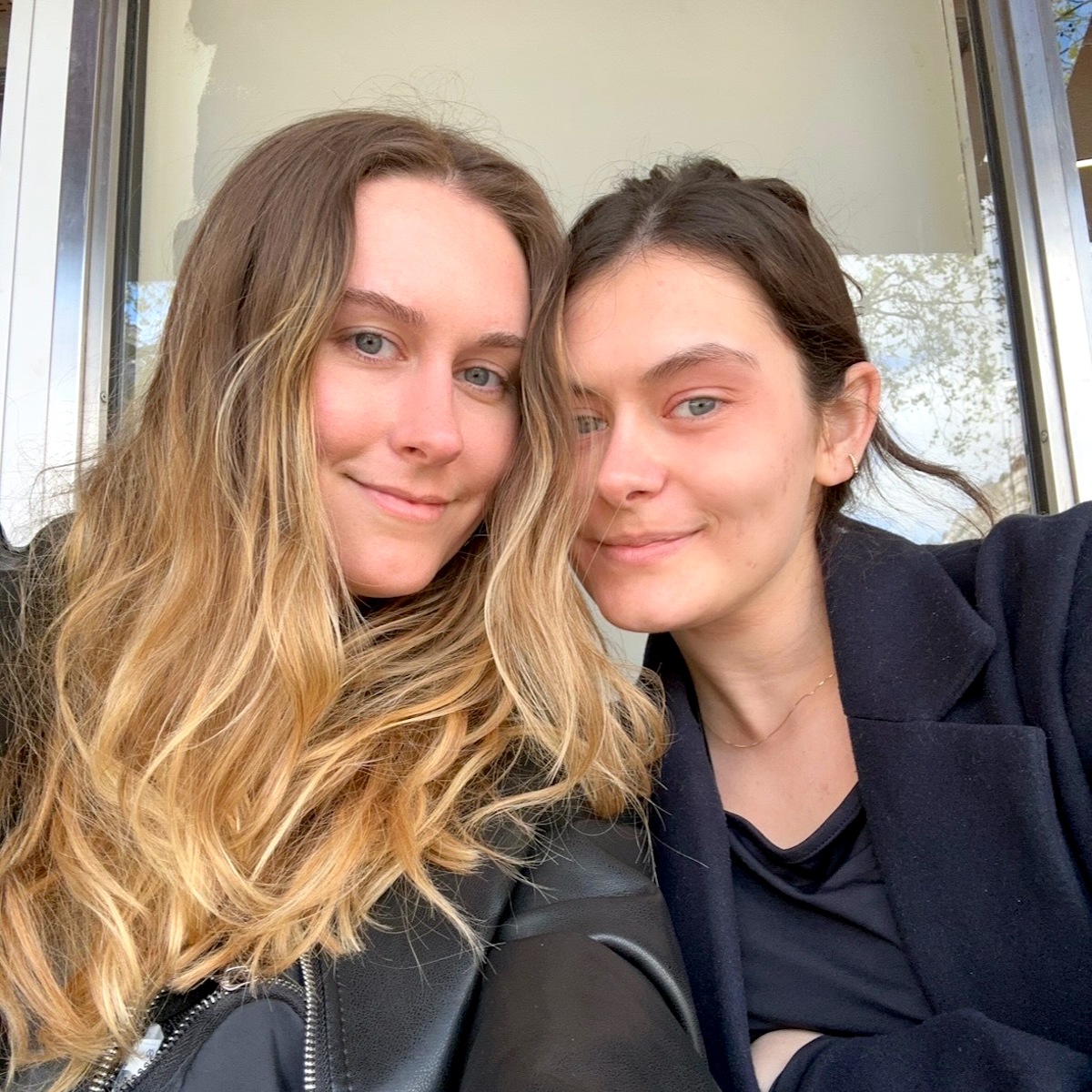 My Sister and I Have Opposite Skin Types, But These Products *Magically* Work for Both of Us
My Sister and I Have Opposite Skin Types, But These Products *Magically* Work for Both of UsThese are our "unicorn" products.
By Kaitlyn McLintock
-
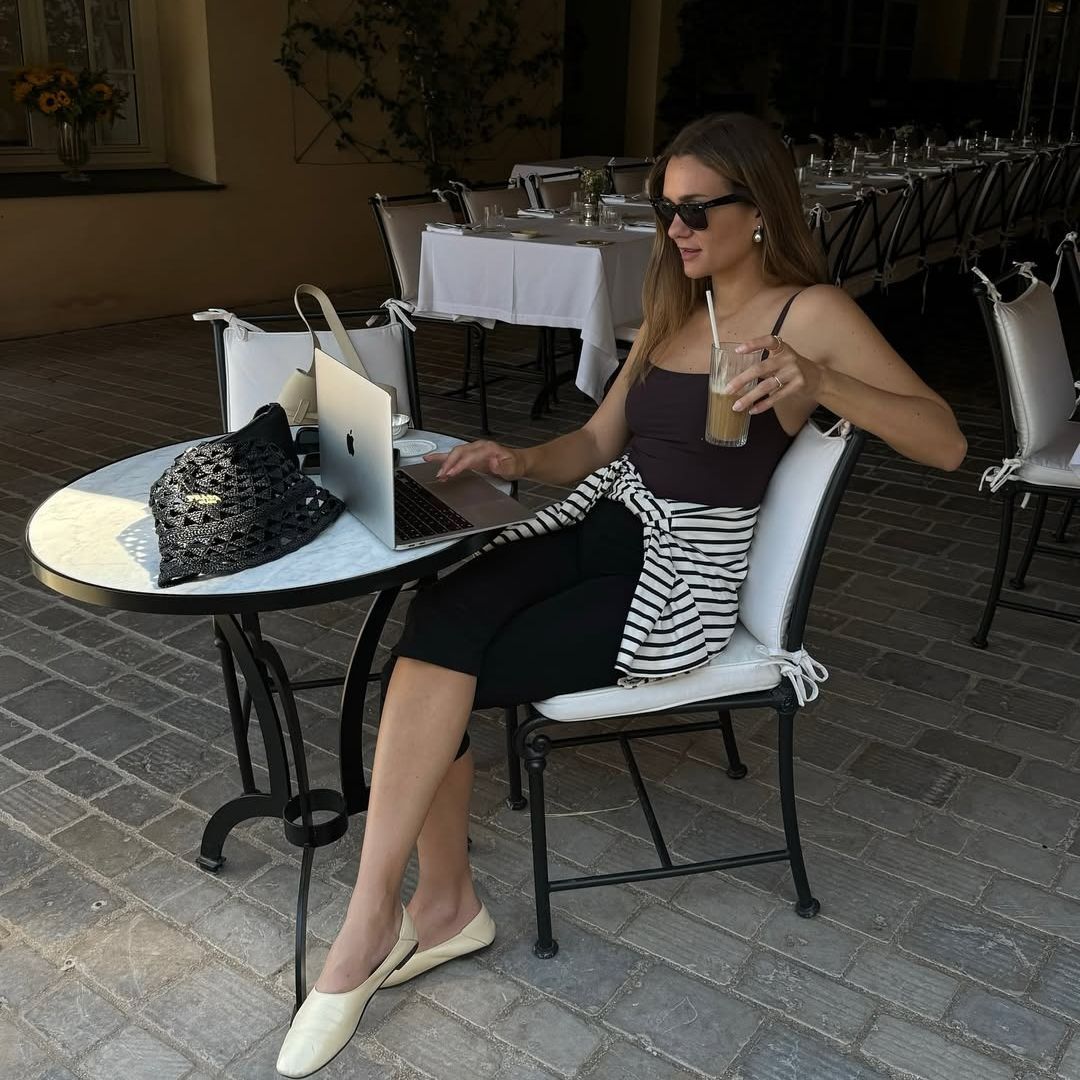 I Polled Our Editor Slack Channel—10 French Beauty Products We’d Buy From Ulta’s Spring Sale
I Polled Our Editor Slack Channel—10 French Beauty Products We’d Buy From Ulta’s Spring SaleBy Alyssa Brascia
-
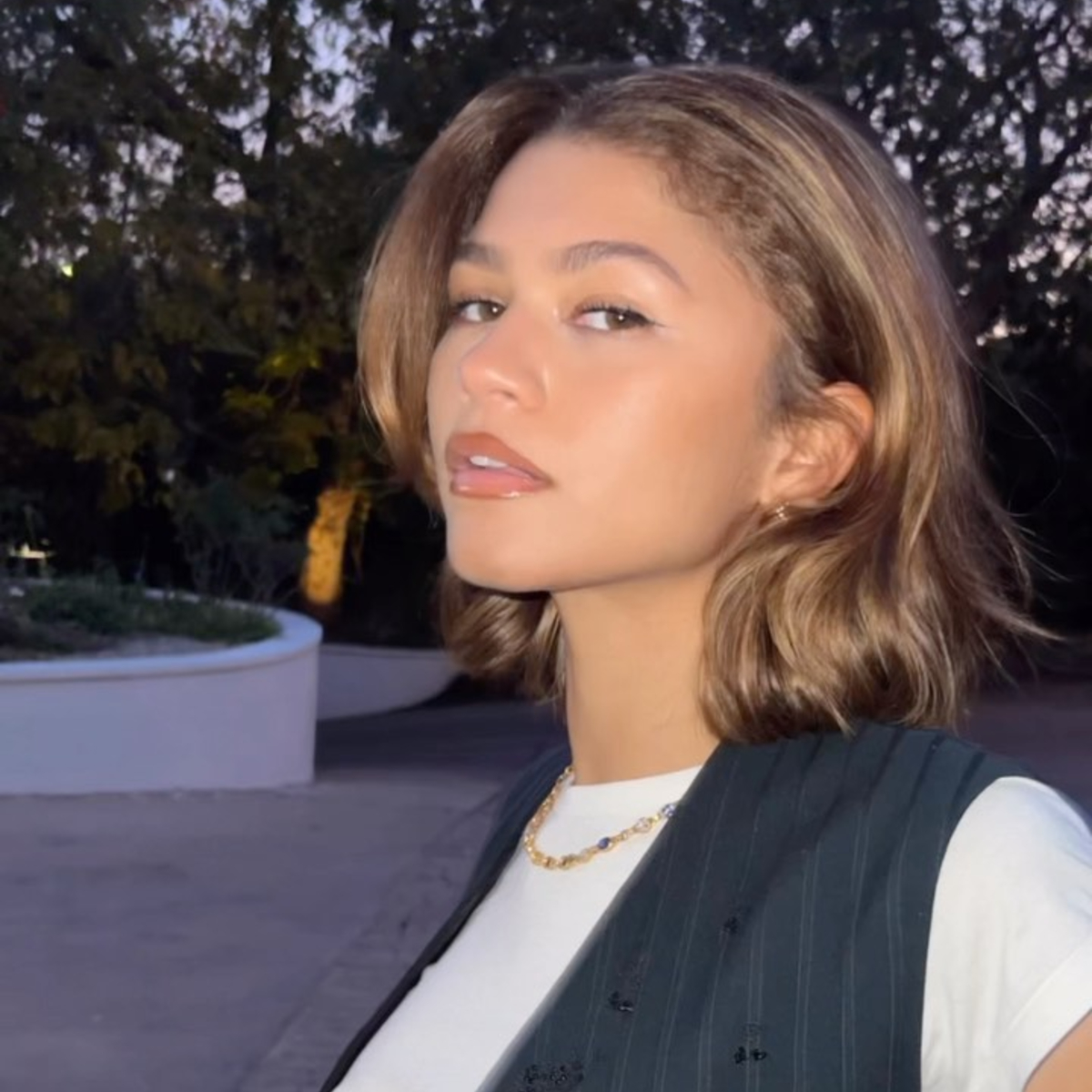 5 Underrated Pillars of Youthful and Glowing Skin, According to Zendaya's Facialist
5 Underrated Pillars of Youthful and Glowing Skin, According to Zendaya's FacialistI'm taking so many notes.
By Shawna Hudson
-
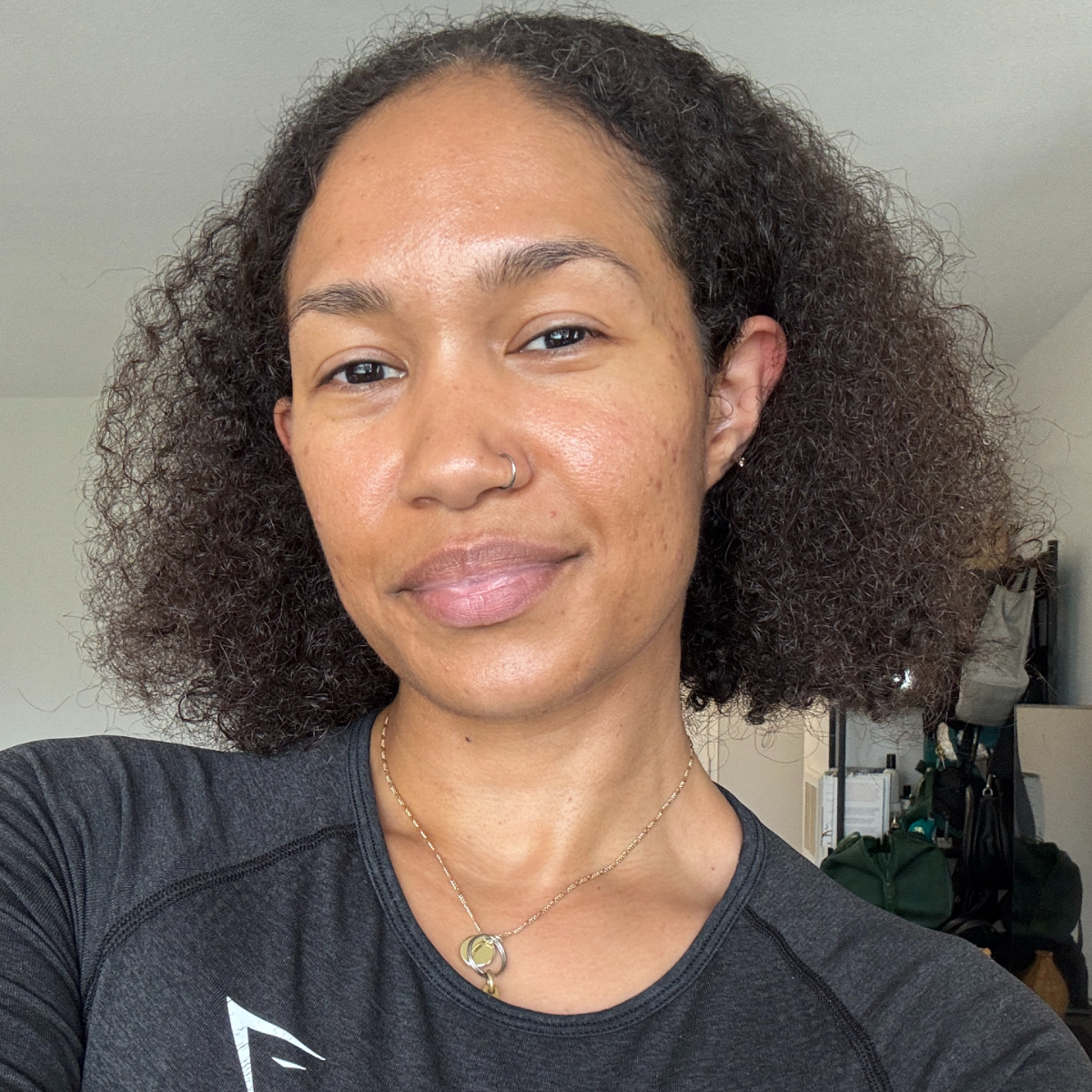 Aestheticians on Instagram Can't Stop Raving About This Acne-Clearing Serum, so I Tried It
Aestheticians on Instagram Can't Stop Raving About This Acne-Clearing Serum, so I Tried ItIt's perfect for sensitive skin.
By Shawna Hudson
-
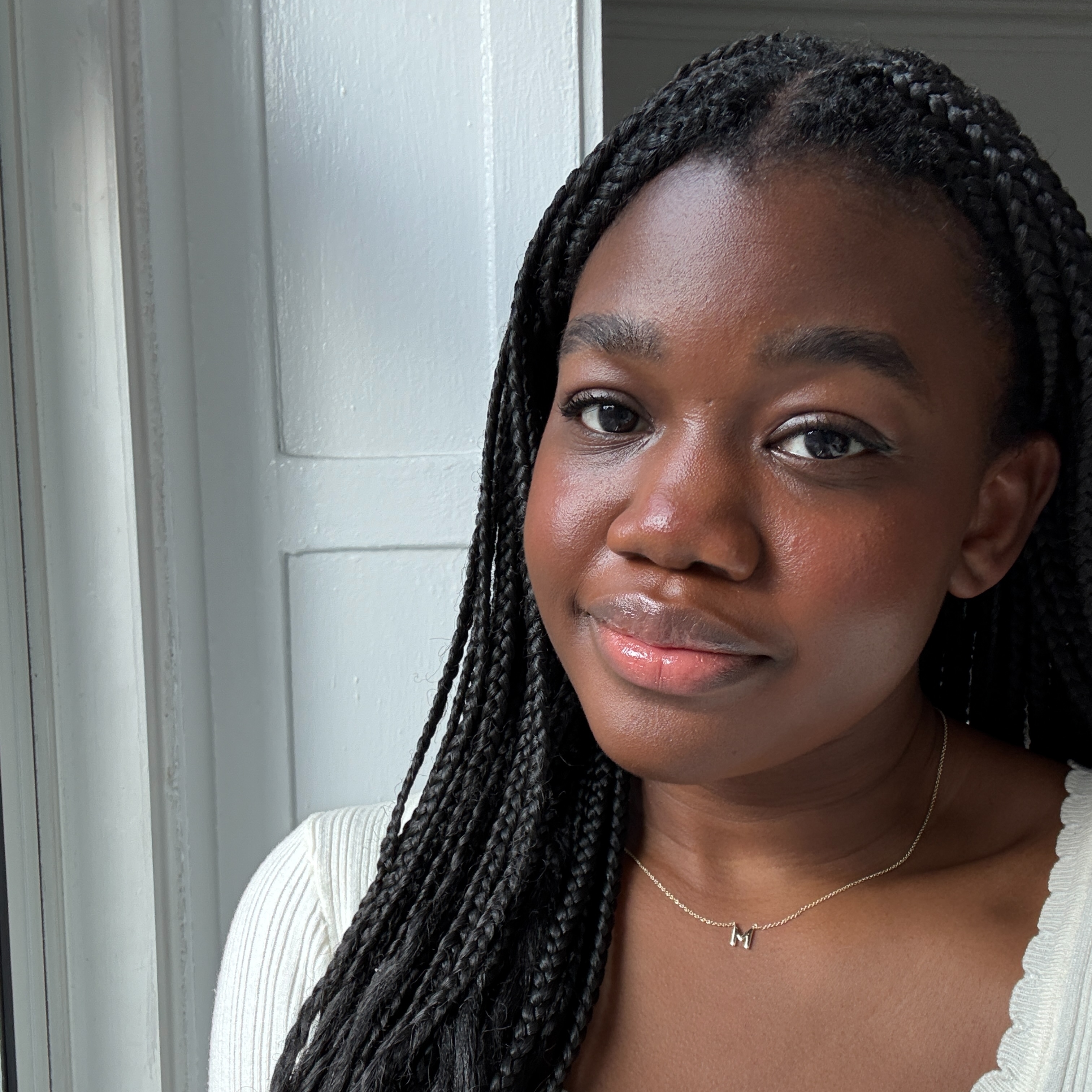 I Exclusively Wear Liquid Blush—Here Are the 13 Best for Just-Pinched Cheeks in Seconds
I Exclusively Wear Liquid Blush—Here Are the 13 Best for Just-Pinched Cheeks in SecondsThey're *almost* too good to be true.
By Maya Thomas

